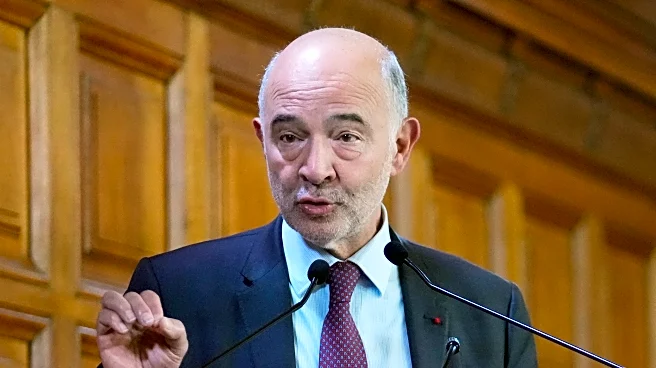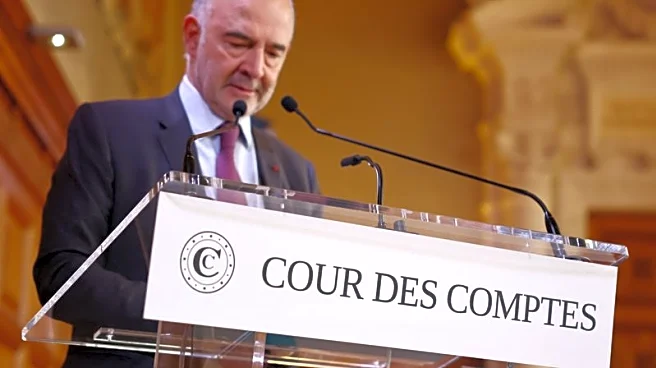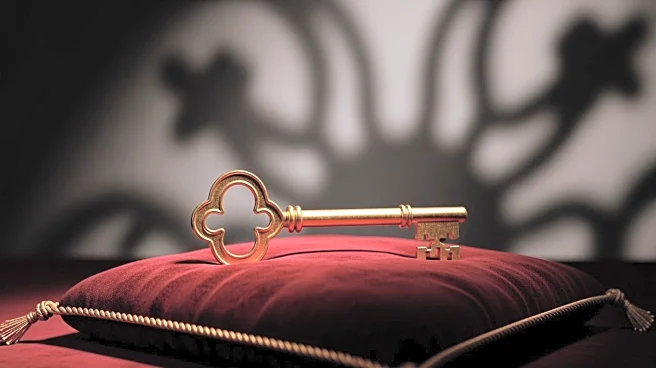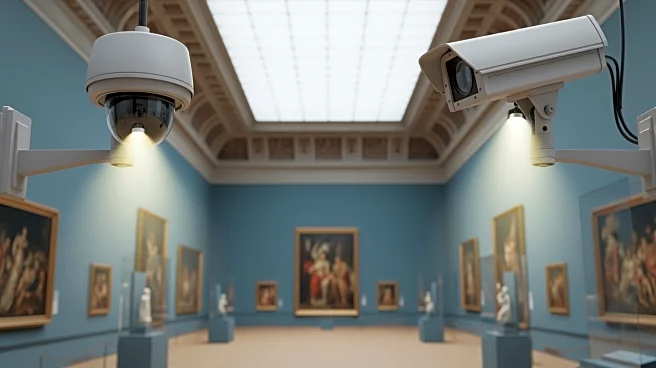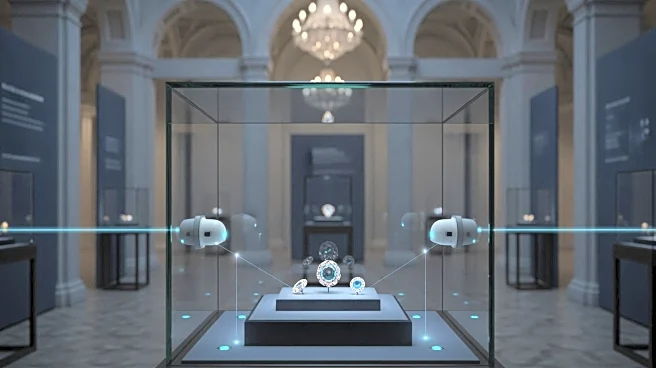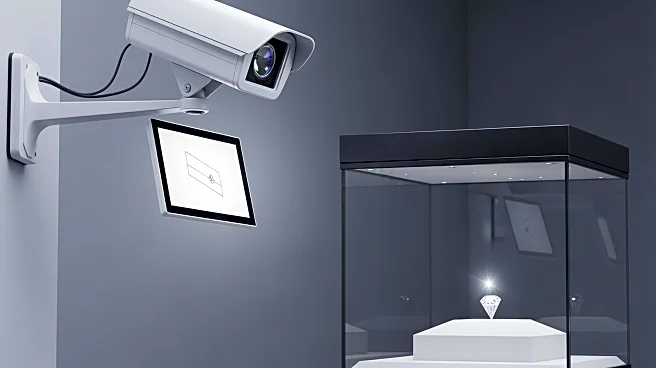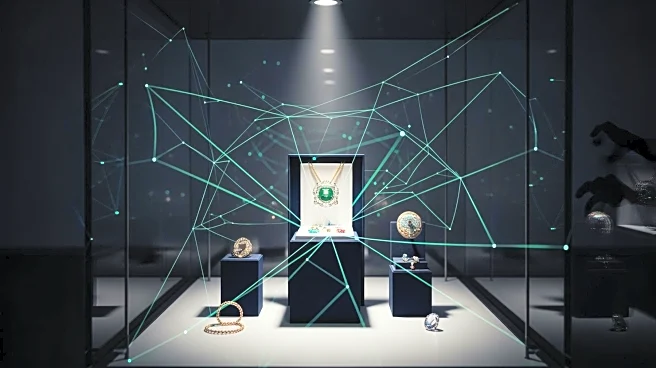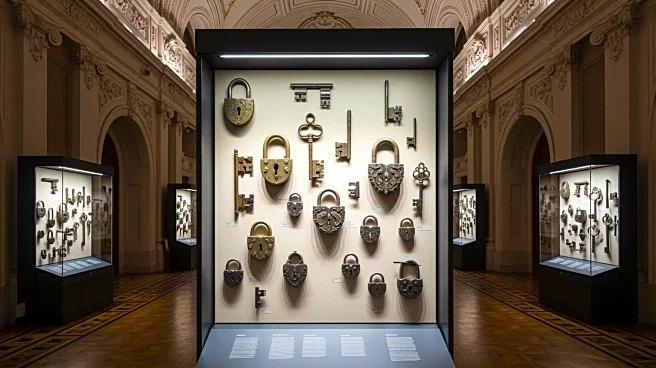What's Happening?
The Louvre Museum has come under scrutiny following a report by the French Court of Auditors, which criticized the institution for prioritizing art acquisitions and exhibitions over essential security
upgrades. The report, which was completed before the recent heist of jewels valued at €88 million, highlighted that the museum had invested significantly more in new artworks and exhibition spaces than in security and maintenance. The audit revealed that between 2018 and 2024, the Louvre spent €105.4 million on new artworks and €63.5 million on exhibitions, while only €26.7 million was allocated for maintenance and €59.5 million for building restoration. The museum's management has been accused of underestimating the risks of intrusion, a sentiment echoed by Culture Minister Rachida Dati and art expert Didier Rykner. The Louvre has accepted most of the audit's recommendations but contends that the report does not fully appreciate its security efforts.
Why It's Important?
The findings of the audit have significant implications for the Louvre, one of the world's most visited museums. The criticism highlights a potential vulnerability in the museum's security infrastructure, which could affect its reputation and visitor confidence. The heist serves as a wake-up call for cultural institutions worldwide to balance the allure of new exhibitions with the necessity of robust security measures. The museum's response to these criticisms and its subsequent actions could set a precedent for how cultural institutions prioritize security in the future. The financial implications are also considerable, as the museum may need to reallocate funds from other projects to address these security concerns.
What's Next?
In response to the audit, the Louvre has indicated its willingness to implement the recommended security upgrades. The museum is expected to accelerate its security modernization plans, which include a €450 million infrastructure upgrade. This initiative is part of the broader 'Louvre New Renaissance' project, which aims to modernize the museum's facilities by 2031. The museum's management will need to navigate the financial and logistical challenges of these upgrades while maintaining its cultural and artistic offerings. The outcome of these efforts will be closely watched by stakeholders in the cultural sector.


